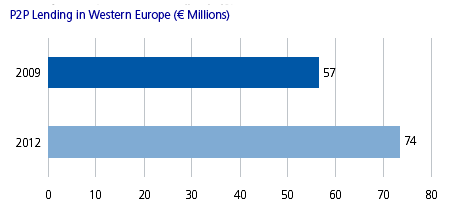Role of Microfinance Institutions in Western Europe: A Paradigm Shift
Abstract
The financial crisis has created a social and economic crisis that has increased the level of unemployment and exclusion across the European Union. While microfinance in Europe has been a limited phenomenon until now, it could become a key tool against financial exclusion in the future.
Microfinance institutions (MFIs) in Western Europe represent a young sector offering financial support to those who could not otherwise obtain assistance from commercial banks. Despite the fact that Western Europe was late in adopting the concept of microfinance, it has seen growth due to growing interest in the SME segment and increasing unemployment and exclusion.
In a new report, Role of Microfinance Institutions in Western Europe: A Paradigm Shift, Celent examines the role of MFIs in Western Europe, explaining the model adopted with microcredit institutions in the region. The report presents a SWOT analysis of major markets, including France, Italy, Spain, Germany, and the UK.
As a result of the microfinance market’s composition, new players have emerged, developing P2P solutions to finance projects that might not otherwise have been selected by traditional market players. Approximately €550 Million is being lent online worldwide. Considering the current demand and advantages over bank lending like low interest rates and easy accessibility, Celent expects the online P2P lending market to hit €74 million by the end of 2012 in Western Europe.

“P2P online lending addresses a similar market demand (e.g., SMEs, individuals) with smaller loan sizes and could become a complementary solution to the existing European microfinance structure,” says Prathima Rajan, Celent analyst and author of the report. “P2P lending players operate with a social motive, lending to needy individuals or borrowers who are otherwise not qualified for personal loans from banks.”

